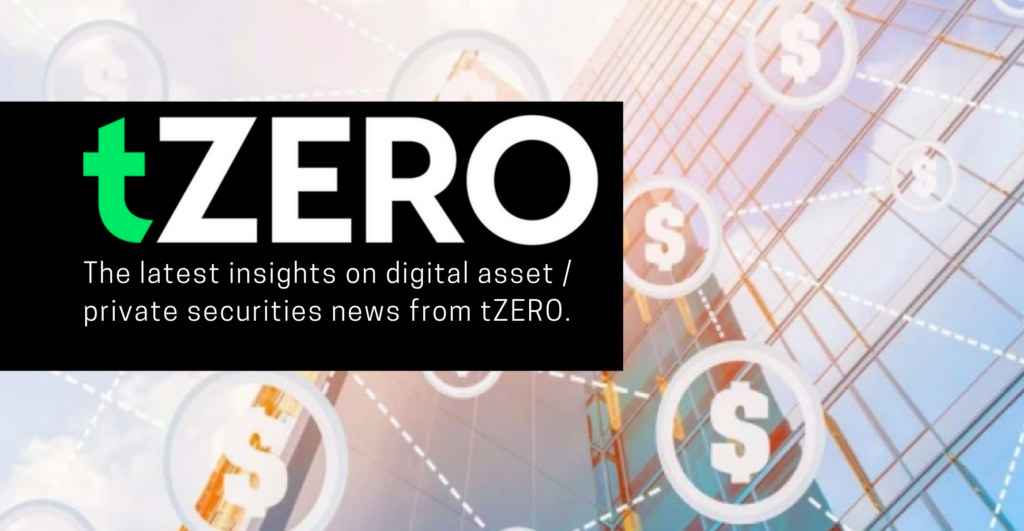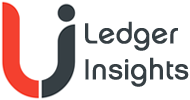tZERO Newsletter 06.18.2025


“With great autonomy comes the need for clear boundaries. Granting read access is one thing. Letting an agent move assets is another. There need to be signing limits, activity alerts, pause buttons and simulations before execution. The best systems will make these controls feel intuitive, not technical.”
Straight from the Top: tZERO Executive Series
tZERO in the News
tZERO Insights
U.S. Chamber of Commerce Letter to House Financial Services Committee on June 10th Markup
SEC Conference on Emerging Asset Management Trends | JD Supra
Franklin Templeton Launches Patent-Pending Intraday Yield Feature on Benji Technology Platform
Blockchain Use Surging at Fortune 500, Smaller Firms: Coinbase – Decrypt
Crypto infrastructure Clarity Act gets bipartisan support from 2 House Committees
Ripple brings Ondo Finance’s tokenized US Treasuries to XRP Ledger in push for RWA expansion
Senate passes stablecoin procedural vote – Ledger Insights – blockchain for enterprise
Stripe Acquires Crypto Wallet Startup Privy to Expand Blockchain Toolset – TokenPost
HSBC Focuses on Blockchain Applications in Key Areas – Binance
Fortune 500 Blockchain Adoption Hits 60% As Stablecoin Usage Grows: Coinbase Survey
Family Offices Shift Focus to Private Equity and Digital Assets – Binance
Chainlink, JPMorgan, Ondo Finance complete crosschain treasury settlement
House committees advance digital asset clarity bill – Financial Regulation News
Circle Says Firms Will Move from Stablecoins to Tokenized Money Funds – Crane Data
Digital Asset Market Clarity Act: The increasing role of the CFTC in regulating crypto markets
Circle’s IPO and the new era of stablecoin regulation in the U.S. | Reuters
Maple Integrates Chainlink for Cross-Chain Lending – Blockchain Council
Trump Media’s registration for bitcoin treasury deal becomes effective – Yahoo Finance
Financial Services Committee advances legislation modernizing crowdfunding regulation
Mastercard Reports 50% Fraud Reduction with Tokenization as Market Set to Hit $5.25T by 2029

Under the current regulatory regime, companies have been hesitant to issue tokens due to fears of running afoul of the SEC or even criminal authorities, Novogratz said. “Giving clarity around what’s a digital asset, what’s a digital commodity, what’s a digital security, and having lanes is going to unleash people that were holding back,” he added.

“The ability to instantly move tokenized collateral, including stablecoins, is viewed by institutions as an important way to reduce various risks. It means variation margin for trading can be posted almost instantly, without needing to use cash. Instead tokenized government bonds, or stablecoins could be used.”
